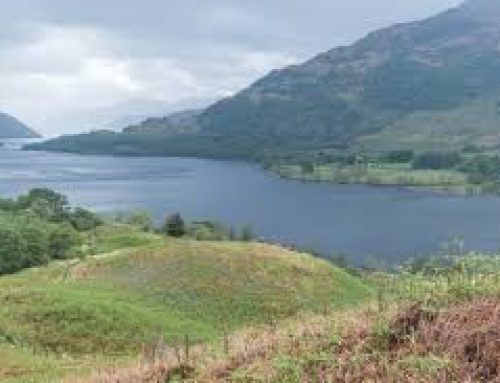Response to the Scottish Government Proposals on a proposed ban on the killing of wild salmon except under licence – Your Association is now under threat
On 28 September 2015 the Scottish Government Ministers announced in terms of paragraph 11 of schedule 1 to the Salmon and Freshwater Fisheries (Consolidation)(Scotland) Act 2003 (the Act) proposals to make conservation regulations under section 38 of the Act to regulate the killing of wild salmon in Scotland including a prohibition on the taking of salmon out-with inland waters.
http://news.scotland.gov.uk/News/Kill-licence-restrictions-1da5.aspx
It was indicated that the general effect of this proposal would be:
a. to prohibit the taking of Atlantic salmon out-with inland waters which will be reviewed after 3 years
b. to permit the killing of wild salmon within inland waters where stocks are above a defined conservation limit
c. to introduce mandatory (100%) catch and release in areas which fall below their defined conservation limit following the annual assessment of salmon stocks
d. to require the production of a conservation plan in conjunction with Marine Scotland in areas which fall below their defined conservation limits following the annual assessment of salmon stocks i.e. in areas where the conservation limit has been met in 3 out of the 5 years or less.
According to the supporting documentation provided with the proposed changes the decision whether to classify a water as a grade 1 – 80% or above probability of meeting defined conservation levels; grade 2 – 60 – 79% probability of meeting defined conservation levels or grade 3 – less than 60% probability of meeting defined conservation levels was based exclusively on average 5 year catch data held for each river system under consideration.
To quote paragraph 2.1 of this paper ‘The only information available for estimating the level of salmon stocks throughout Scotland is from reported rod catches and this forms the basis for the assessment.’ Such data is we would argue meaningless on its own and indeed paragraph 2.2.1 of this document confirms that the data is not just meaningless but inherently flawed stating that we should be relying on – ‘long term monitoring programme that produces a stock and recruitment curve relating the number of spawners in each year to the subsequently derived progeny’
The reason why the scientists working for Scottish Government have not used proper scientific analysis is to quote paragraph 2.2.1 again because – ‘such data (stock and recruitment information) is scarce’, and even more incredibly – ‘an SR (stock and recruitment) curve for a river stock is available only for salmon in the River North Esk.’
Therefore rather than utilising long term monitoring as a basis to develop rational conservation limits, river systems have been ranked according to a non-scientific measure of stock which is flawed in the extreme.
Members should note that the Lomond system was considered as part of the upper Clyde basin and like almost every other system in the west and south west of Scotland was adjudged to fall into the grade 3 category, meaning, if nothing changes, the whole Clyde catchment will be restricted to 100% catch and release from 2016.
Your committee have already began the process of challenging this assessment and will be arguing that our stock levels are both sustainable and improving and that when taken together with existing and proposed conservation measures we should be re-graded to a grade 1 or grade 2 system.
While there is no doubt that the current situation is challenging the committee still believe that there is an opportunity to turn the position round. However, the Committee cannot do this on their own and we urgently need every single member and all interested non-members to write to the Scottish Government in response to these proposals to express their concerns about the impact this may have on your Association. Only by effectively lobbying government, be it your MP, MSP or list MSPs will we turn this around.
The full response to these latest proposals will be published on line in the near future as well as being distributed to members with this season’s catch return and renewal forms to aid you in your response.
The Committee




